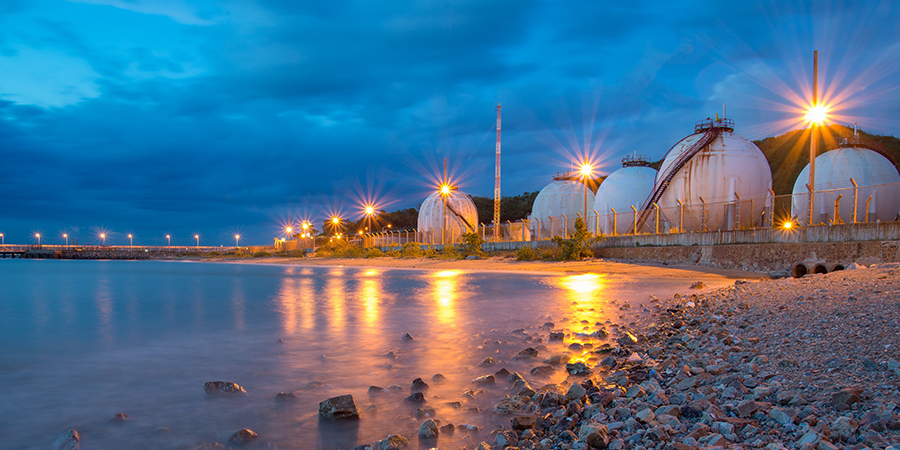Concerns about energy security prompted by Russia’s attack on Ukraine helped reignite discussions about BC’s prospects for liquefied natural gas exports at the industry’s first major convention in Vancouver since 2019.
But the province’s only LNG plant under construction, the $18-billion LNG Canada project, has yet to clear its final hurdles to begin production in 2025.
Canada still has a role to play “as a helper nation,” said Bryan Cox, CEO of the industry group Canadian LNG Alliance.
BC might not be able to help with Europe’s immediate need to wean itself off Russian natural gas exports, but Cox said the province can still offer fuel for an Asian market where some two billion people face “energy insecurity.”
“So, there’s an imperative to get affordable, reliable, low-emission fuel sources there so that we can ensure there’s energy security in all parts of the world,” said Cox following his panel discussion at the Canada Natural Gas and LNG Exhibition and Conference in Vancouver.
Some 500 delegates gathered at the three-day event, with former premier Christy Clark’s warning that Australia’s more-developed industry is making gains in Pacific markets for LNG while BC is still building.
Clark, now an adviser to law firm Bennett Jones, told a panel that BC is losing ground due to “government over-regulation.”
Clark won a come-from-behind provincial election in 2013 on the promise that the province’s LNG windfall could wipe out BC’s debt, at a time when up to 19 export proposals were on the books.
A decade later, however, the challenges that faced BC then in building new pipelines to coastal facilities remain, even for the $6-billion Coastal GasLink Pipeline being built to the LNG Canada facility in Kitimat, which continues to be disputed by some hereditary chiefs of the Wet’suwet’en First Nation.
“That is the main issue,” said analyst Omar Mawaji about the difficulties building new pipelines in Canada.
“If you look at every single LNG project off the coast of BC, and some of them off the eastern coast, the pipeline issue is always going to be a problem,” said Mawaji, an energy finance analyst at the independent Institute for Energy Economics and Financial Analysis.
As the Vancouver conference was underway, a United Nations human rights committee repeated its call for Canada to halt construction of the Coastal GasLink and Trans Mountain pipeline projects over criticisms of policing of Wet’suwet’en and Secwepemc opponents.
Mawaji said that in his organisation’s view, LNG Canada’s first phase, which is set to start delivering 14 million tonnes per year of LNG into the Pacific market, will go ahead, but will do so into a market that is already well-supplied.
“Getting to a second phase may be difficult,” Mawji said, “and then some of the other projects in BC, like (Woodfibre LNG) would be more difficult as well.”
The US, on the other hand, “is just better positioned for LNG exports, because they have existing infrastructure,” Mawji said.
In Kitamaat Village, the Haisla First Nation community across Douglas Channel from Kitimat and LNG Canada’s massive plant, LNG is becoming a very real thing.
“As you’re driving on the village road you can see the storage tanks, you can see all the busy-ness and hectic-ness on the site,” said Haisla first nation chief Crystal Smith.
The Haisla Nation owns another proposal, called Cedar LNG, in partnership with Pembina Pipelines, which would use existing pipeline capacity, and Smith is confident that project will proceed.
Without Cedar, however, Smith described LNG Canada and Coastal GasLink as “community-changing” opportunities for the First Nations involved.
For more information visit canadianlnga.ca


















